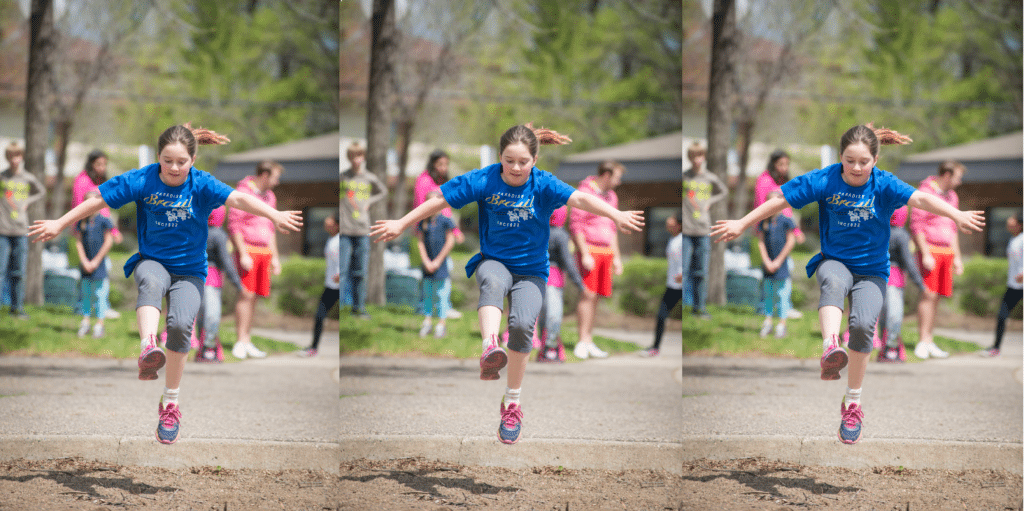
Our parents were right: Going out to play is good for children’s minds and bodies. But many children no longer spend much time playing outside. On the home front, they’re often engaged in afterschool activities. Parents may also limit or eliminate outdoor play because they’re working or worried about safety. At school, many administrators respond to intense academic demands by cutting recess.
Yet research confirms what we know instinctively and continually observe in our classrooms: To do their best learning, children need not just recess but opportunities to move throughout the day.
What can we teachers do? We can advocate for recess, and we can build opportunities for movement into classroom life. Here are some ideas to help you do both.
These facts about how recess boosts learning will help you convince school leaders, colleagues, parents—and yourself!—that it’s vitally important for children to move and play every day.
Recess improves attention. Children—especially those who struggle with hyperactivity—generally become more and more fidgety and inattentive when recess is skipped or delayed. Everyone learns less, and classrooms are harder to manage.
Recess boosts social skills. Much of what children do during recess develops social as well as physical skills. Watch children playing outdoors. They organize their own games, figure out rules, and decide who’s “it” or which team goes first.
Recess offers quality kid-watching time. Recess is a valuable time to observe children’s social behaviors: Who leads the games? Who hangs back? Which children help others? I’m fascinated as I watch children organize games that are both energetic and indecipherable (to me). It’s truly one of my favorite times to do some quality kid-watching!
Recess offers quality teaching time. At recess, we can offer guidance to enhance the social learning that happens quite naturally. For example, when we observe some children always playing alone, we can give quick reminders about inclusiveness (followed up with classroom discussion, if needed).
We can also teach problem-solving and conflict resolution. In our school’s conflict mediation program, third and fourth graders train as peer mediators who help younger students resolve conflicts peacefully. Supported by in-classroom teaching, children learn to resolve playground issues with remarkable independence and skill.
Beyond advocating for recess, we can find workable ways to give children quick, playful movement breaks throughout the day. A few ideas:
Between lessons, we can offer two or three minutes of a fun movement activity to relax and energize all those physical and mental muscles engaged in the hard work of learning. Some teachers I know like Brain Gym, a formal curriculum that includes easy activities to integrate body and mind. Some of my colleagues use yoga or simple meditation and breathing exercises. I’m a big fan of Susan Roser’s Energizers! 88 Quick Activities That Refresh and Refocus.
If your school offers afterschool programs, advocate for including outdoor activities. Look for a leader who encourages children to be loud, get messy, and challenge themselves outdoors—or be that person yourself! You’ll likely garner parental support as children come home happy and more ready to tackle whatever the afternoon and evening may bring.
You can also talk with parents about the importance of walks, bike rides, neighborhood games, and other afterschool outdoor play. Be sure to acknowledge the difficulties—safety concerns, parents’ work schedules, and children’s full calendars—so that parents feel supported.
We must find ways to honor children’s need to move and to play. Quick in-class movement breaks, recess, afterschool play—all can lead children to better learning and us to better teaching.
Lisa Dewey Wells is the coauthor of Empowering Educators for Grades K, 1, 2.